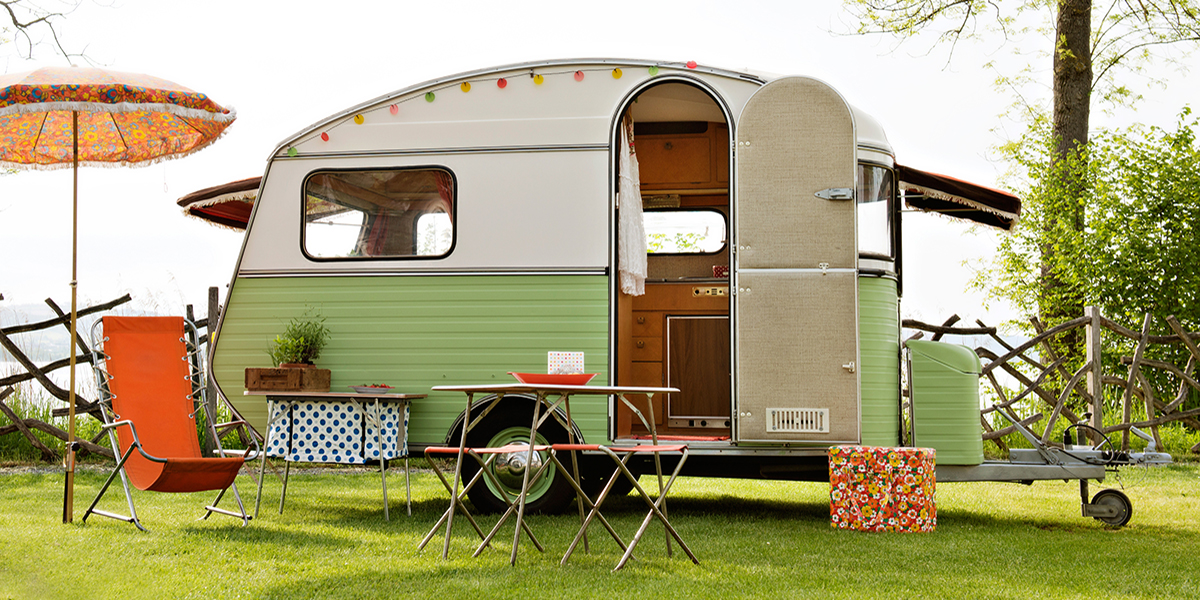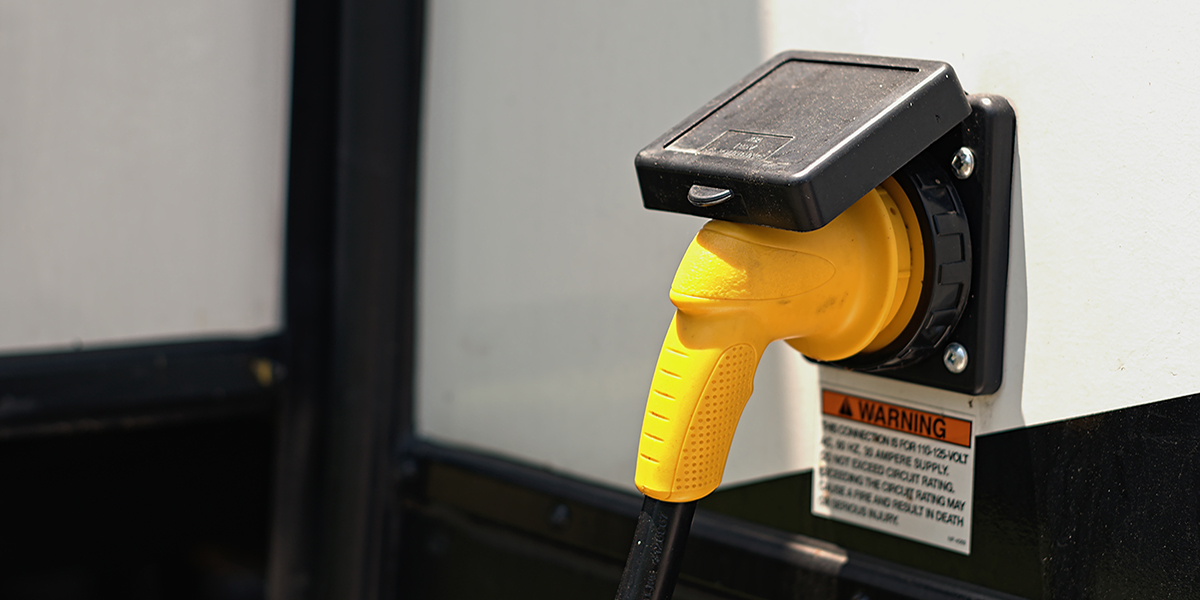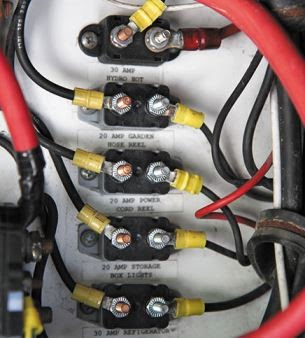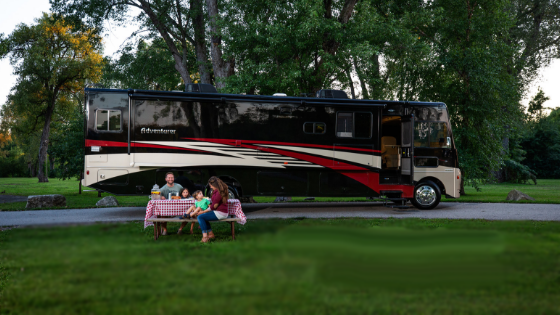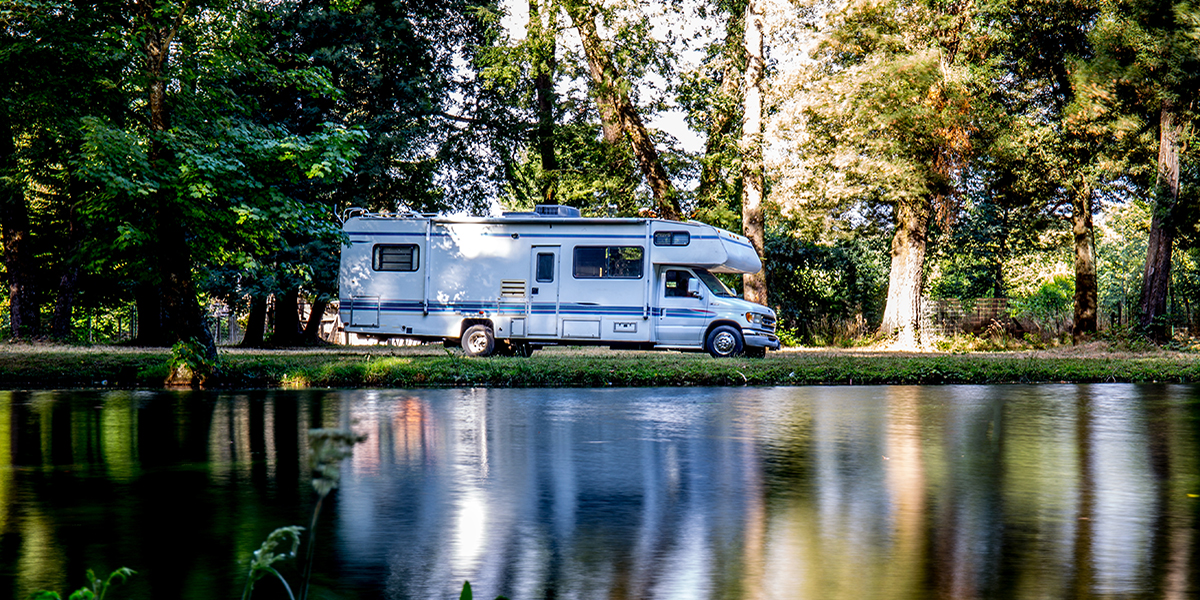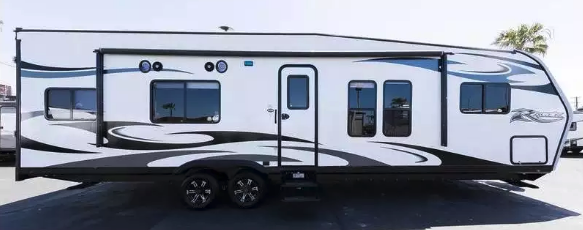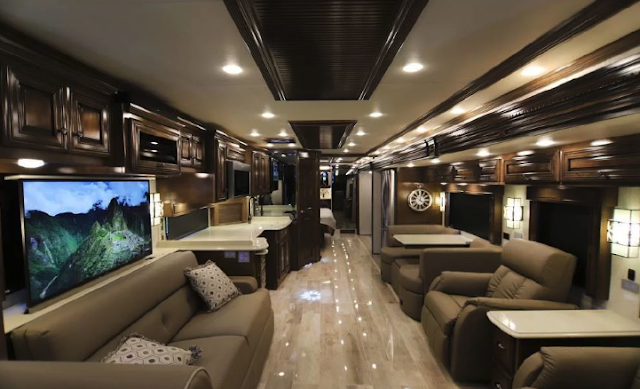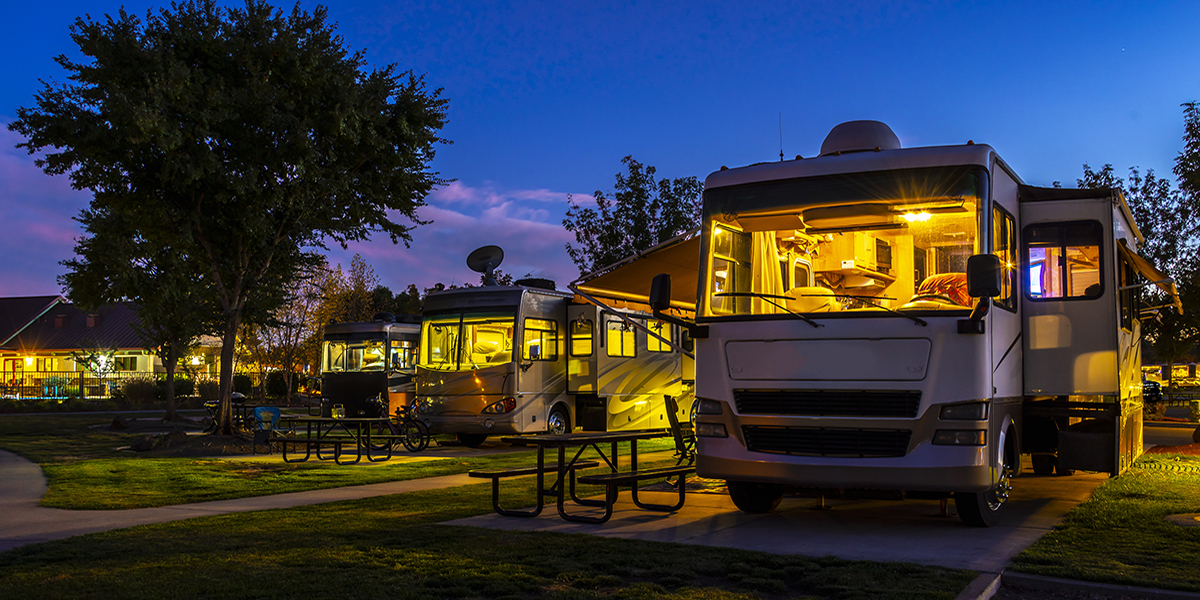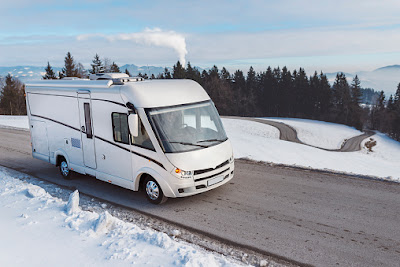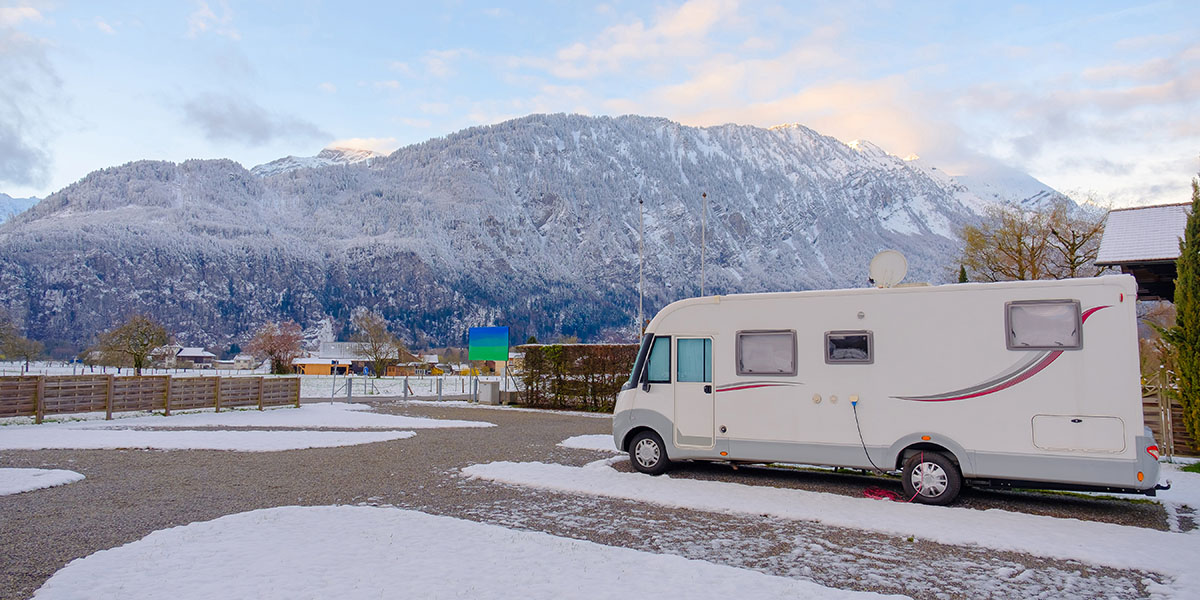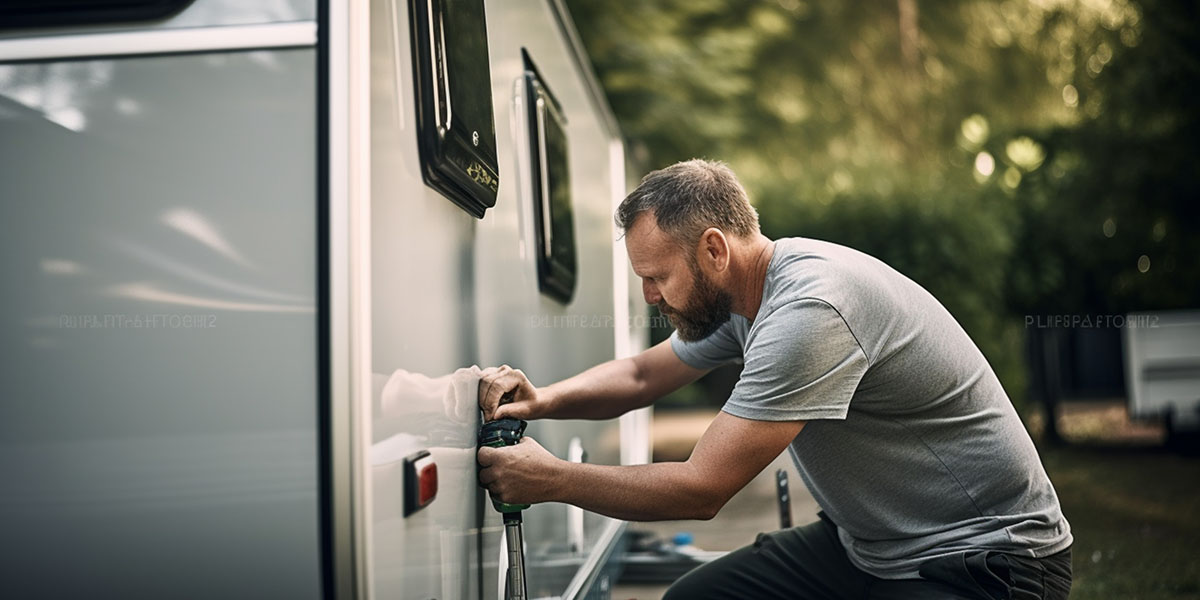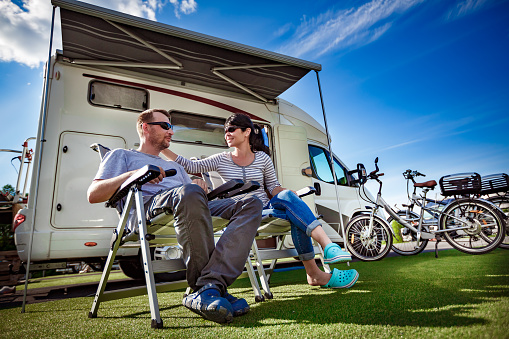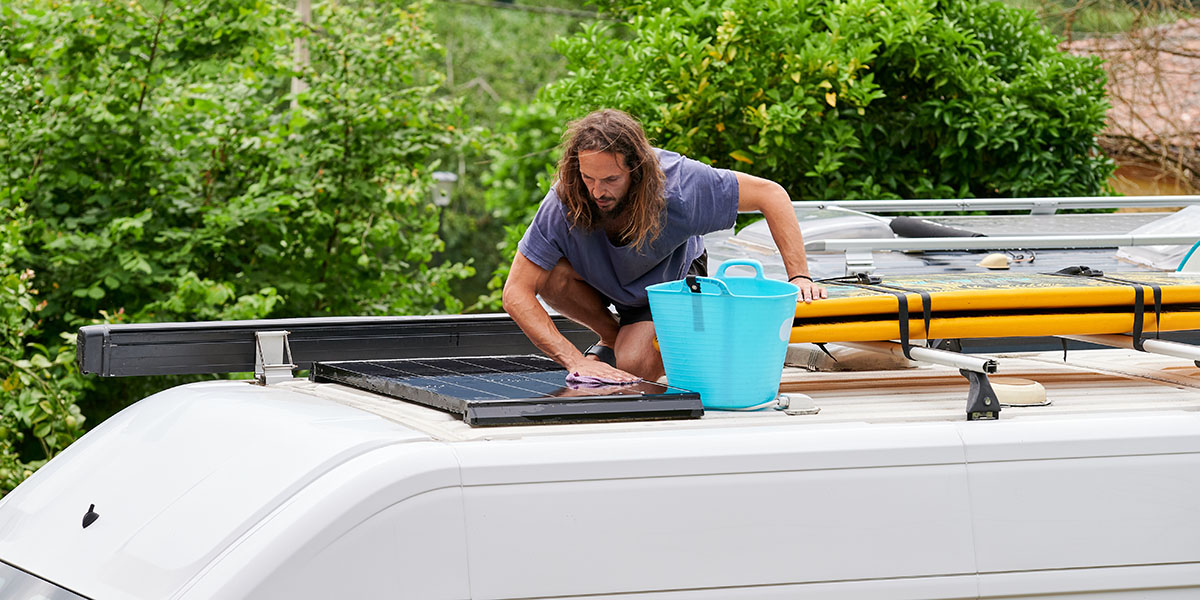Online research is crucial to many buyers today, and if selling your RV is a top priority for you, posting it on RV Trader is a great place to start to reach those buyers. We have millions of visitors actively looking for their next RV on our site each month – so you’re sure to get plenty of eager eyes on your unit. Check out our top tips for making sure your RV Trader listing stands out from the rest.
1. Take High-Quality Photos
Photos have the power to draw buyers in – so make sure yours are the best they can be. Buyers want to see authentic photos when they are searching for listings, so do your best to avoid stock photography. We suggest including a wide variety of photos on your listing of both the inside and outside of the RV. Take your listing photos in natural daylight so they are not washed out and make sure to use a camera that takes top-notch photos buyers want to click on.
2. Clean Your Unit Thoroughly
Make sure the RV you’re selling is spotless, both inside and out. Buyers want to see their potential RV in tip-top condition, so you should give the unit a detailed wash and declutter the interior before you take photos or invite potential buyers over to tour/test drive the unit.
3. Be Honest About Your Unit
You’ll want to photograph and describe any and all damage your toy hauler or other RV has right off the bat. It’s important to be open and honest with buyers so you don’t lose credibility and, potentially, the sale. Buyers appreciate honesty – so keep that in mind when creating your listing.
4. Include a Price
Including a price in your listing is crucial. Buyers want to know this information upfront to determine if your unit fits into their budget – and we can all relate to that! It’s been proven that units listed with a price get 8X more clicks and 3X more connections on RV Trader than listings that don’t. This simple addition can make a big difference.
5. Put Yourself in the Buyer’s Shoes
When crafting a listing, or even giving a tour of your Class A RV or other RV, it’s important to put yourself in the buyer’s shoes – which should be easy since you were once a buyer. Ask yourself, “What did I want to know before purchasing my RV?” or “What advice/knowledge can I share since I’ve been through the process before?” Providing this type of information is extremely helpful for potential buyers – especially if they are new or just getting into the RV lifestyle.
6. Write a Detailed Listing Description
While descriptions can be tedious to write – they are so important, particularly for the first-time buyer. Buyers need your help deciphering how this particular RV is going to fit into their lifestyle, and you have the opportunity to be the expert. We recommend highlighting all the key features of your unit, how many it sleeps, its length, and how you’ve used the unit previously. The more details, the better!
7. Consider Getting an Inspection
Another way to get your listing to stand out in a competitive marketplace is to get a pre-purchase inspection on your RV before listing it. When selling on RVTrader.com, you can choose to have a certified inspector do an on-site inspection of your RV with RV Trader Assurance powered by Lemon Squad. This quick and easy inspection delivers a report typically the following business day. An RV Trader Inspection Badge will be displayed on your listing, catching a prospective buyer’s attention and letting them know that you can provide a detailed inspection report of your for-sale RV.
8. Respond to Potential Buyers in a Timely Fashion
We live in a world where instant gratification is the norm, so you’ll want to keep that in mind when RV inquiries come rolling in. We encourage you to check your messages regularly so you can respond to an interested buyer quickly after being contacted. Buyers can move fast so they will likely move along to another listing if you don’t respond in a timely fashion.
9. Include Relevant Keywords
Make sure to include keywords that are relevant to your specific unit – that way as people are searching online, your unit pops up easily. For example, the word “towable” is a top search word.
We hope that these nine tips have helped you realize that selling your RV doesn’t have to be difficult. If you follow these tips, you’ll have an even higher chance of getting more eyes on your listing! Check out our RV Seller’s Guide for additional resources to help you through the selling process. And if you’re still undecided about listing your RV on the market or not, read through these benefits of selling your used RV.


